
14 Dec, 2018
A Cause for Celebration: Supreme Court Orders a 10KM Eco-Sensitive Zone around National Parks
A welcome news for Wildlife conservators in India, Supreme Court on December 12 passed an order directing that 21 National Parks and Wildlife sanctuaries will have a 10 km area around the park declared as ‘eco-sensitive zone’.
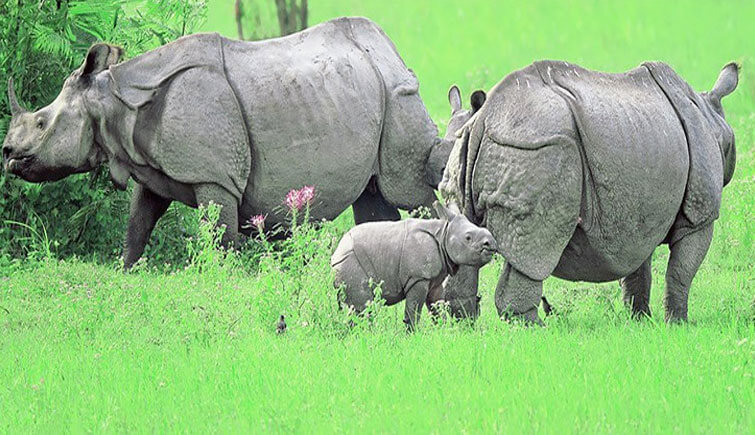
In Case You Didn’t Know
Earlier, the national parks and wildlife sanctuaries had a buffer zone which prohibited the local villagers to set up a colony too close to the wildlife reserves. However, due to the lack of proper guidelines, many cases of human-animals conflicts came to light. This also highlighted the evergoing illegal activities rampant in the areas surrounding the national parks and wildlife sanctuaries.
The Heart of the matter
A petition was filed in Supreme Court pertaining to the rampant illegal mining in the areas surrounding Kaziranga National Park. This has been a constant threat to numerous wildlife sanctuaries. However, the wildlife sanctuaries and national parks were already declared as eco-sensitive zone long ago, many cases of illegal mining came to light last year and this year in April. Despite multiple laws prohibiting the mining inside wildlife reserves, authorities seemed to turn a blind eye on it.
Activists have always been vocal about the harms of illegal mining inside the park and the areas surrounding it. Wildlife activists filed a petition in Supreme court requesting to mark up an eco-sensitive zone around the wildlife reserves too.
The Judgement of the Supreme Court
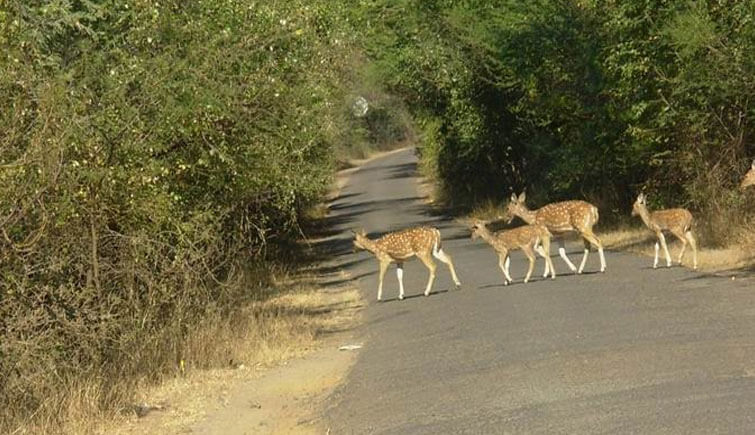
- Supreme Court in its judgement directed Union Environment Ministry to maintain 10km of the eco-sensitive zone around 21 National Parks and Wildlife Reserves.
- This would mean that there can’t be any factory, construction site, any manufacturing unit or thick population density up to 10 km from wildlife reserves and national parks.
- The National Parks and wildlife reserves that have to obey the order are Kaziranga National Park, Pobitora Sanctuary in Assam, Changthang, Kishtwar National park, Hokersar, Jogimatti, Thimlapura and Yadahalli Chinkara sanctuaries in Karnataka; Trikuta sanctuaries in Jammu and Kashmir, Deulgaon Rehekuri Sanctuary and Thane Creek Flamingo sanctuaries, the Malvan marine sanctuary in Maharashtra, Jorepokhri sanctuary in West Bengal, Sirohi National Park, Khongjaingamba Ching sanctuary in Manipur, Fakim sanctuary, Puliebadze sanctuary and Rangapahar sanctuary in Nagaland, Baghmara Pitcher Plant sanctuary in Meghalaya, Dr. Bhimrao Ambedkar bird sanctuary and Pilibhit sanctuary in Uttar Pradesh.
What’s Eco-Sensitive Zone?
The Ministry of Environment defines an eco-sensitive zone as the designated area by the Ministry of Environment, Forests and Climate Change because of their ecological importance. The purpose for doing so is to create a shock absorber around the protected areas by managing and regulating the activities around the area.
Once declared an eco-sensitive zone, the guidelines prohibit a private or a government entity to mine or excavate that area or use it for commercial or industrial purpose. There can be no further large-scale construction and neither can a dense population take refuge within the sensitive zone. One such example is the Great Himalayan National. While the park was an eco-sensitive area, the villages surrounding the park in Tirthan and Sainj valley were declared as eco-sensitive area too, in order to protect the wildlife from the dangers of human-animal conflicts.
The extent of the area of an eco-sensitive zone can go up to 10 km surrounding the wildlife reserves and parks.
What Lies Ahead?
After the directive of Supreme Court, Ministry has ensured that the directive is followed by the concerned authorities in the implementation of the eco-sensitive zone around the above listed 21 sanctuaries. We hope that it would help boost the efforts of wildlife protection in India and promotes a robust growth in the population of several endangered species.
Writer- Ashwini Kumar Singh


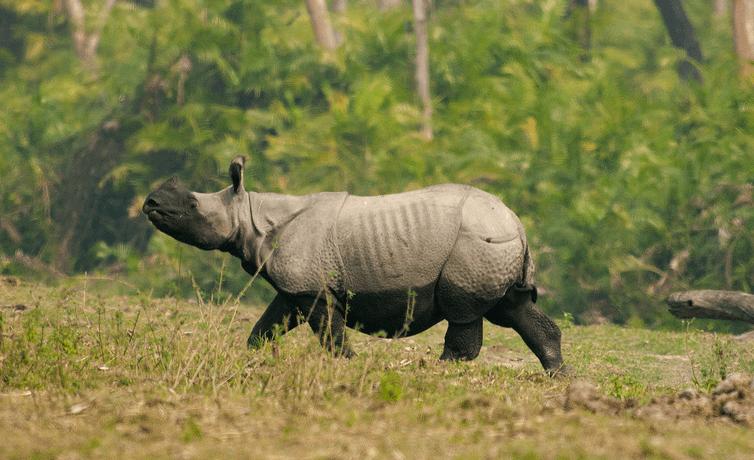
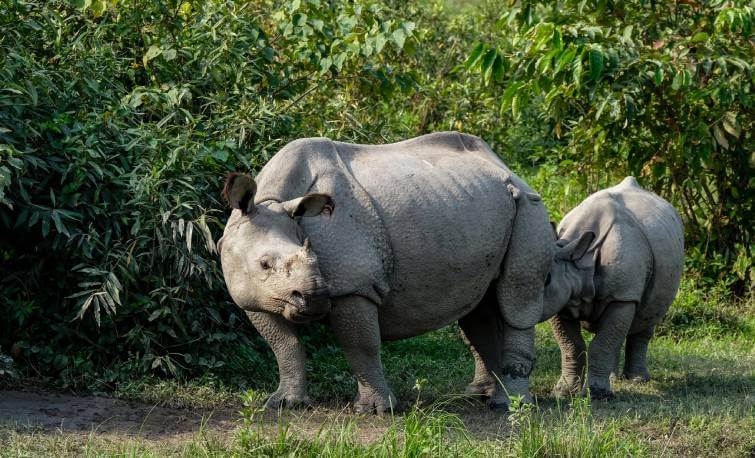
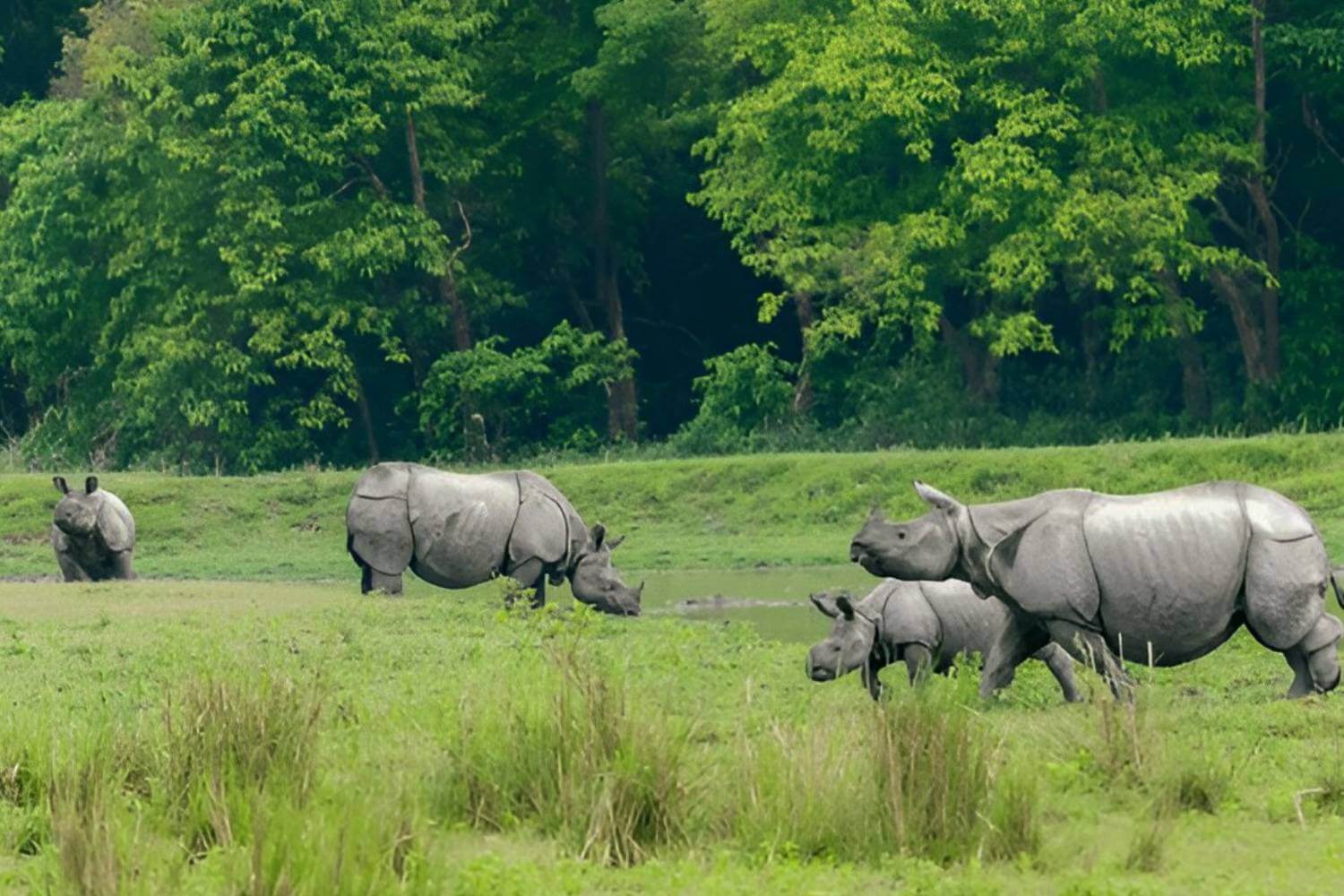
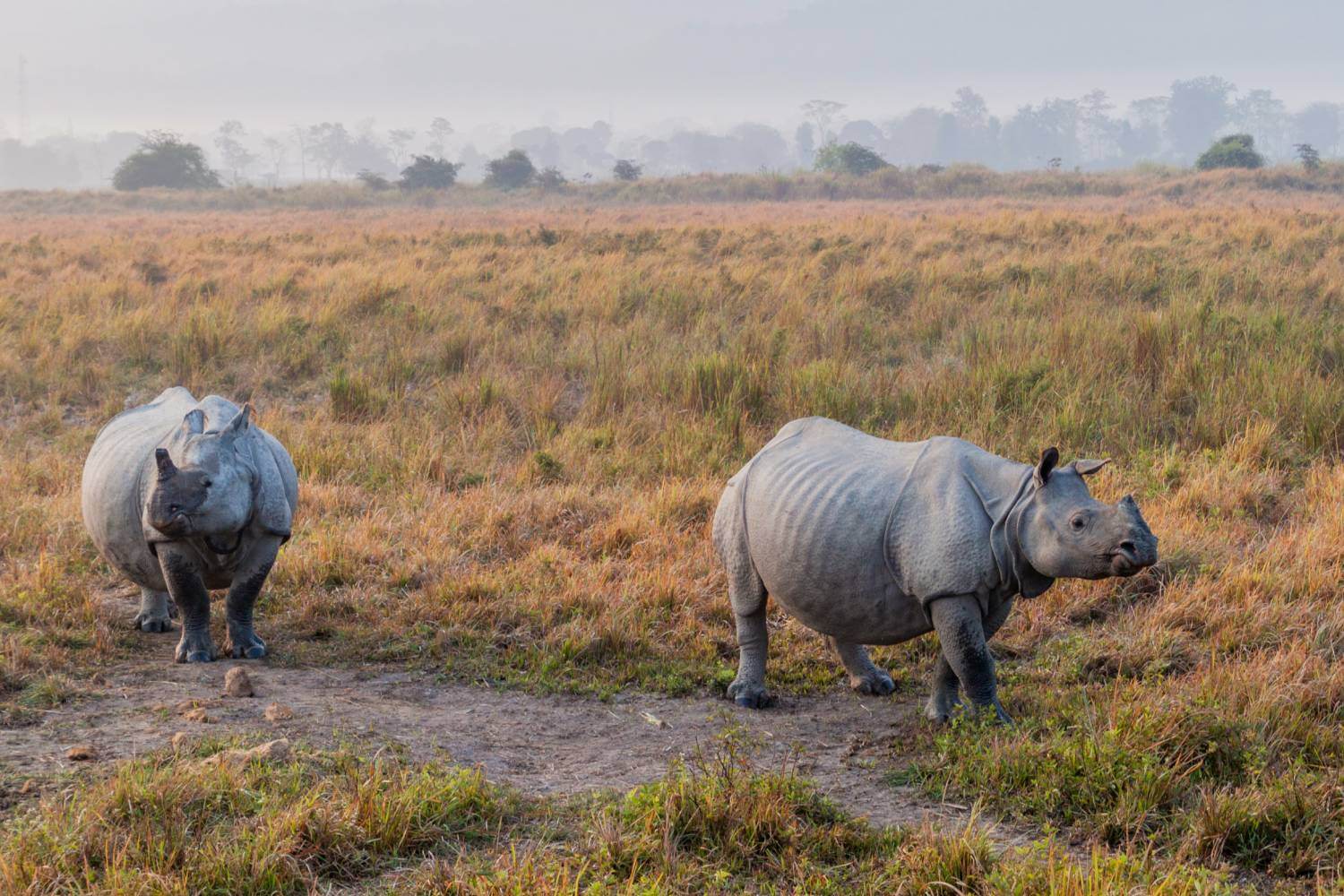
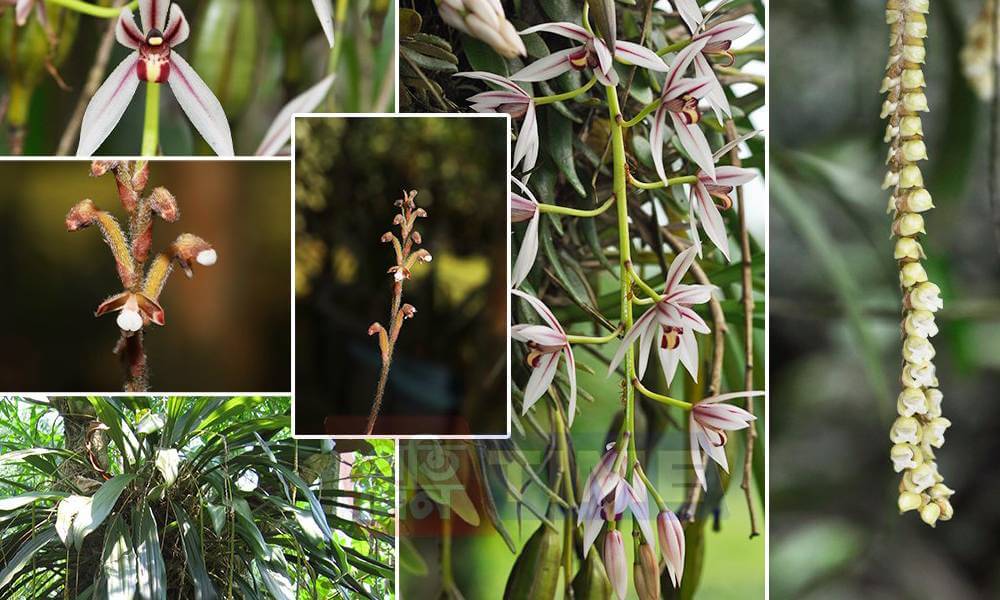




 Share
Share Home
Home Packages
Packages Book Now
Book Now